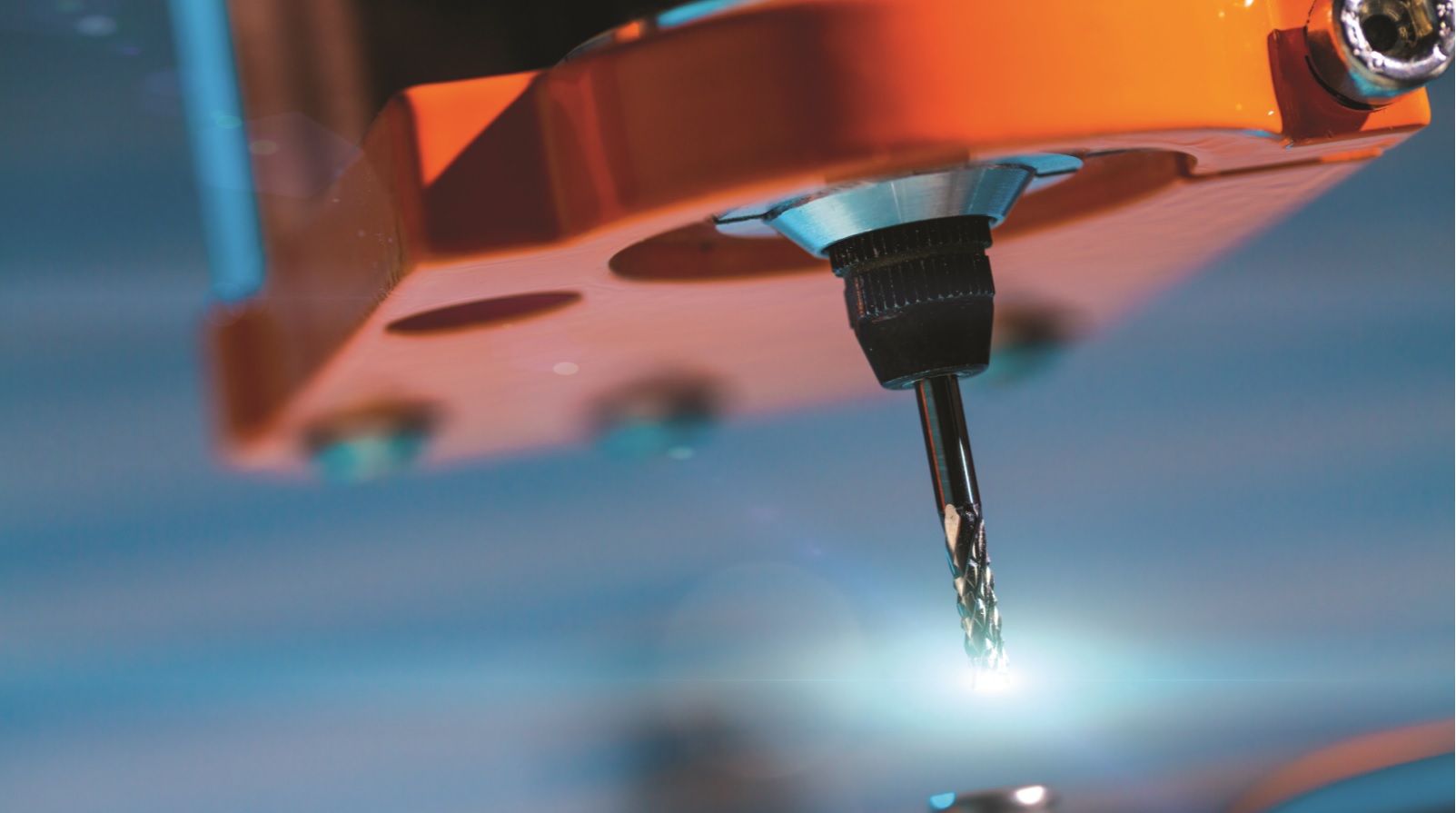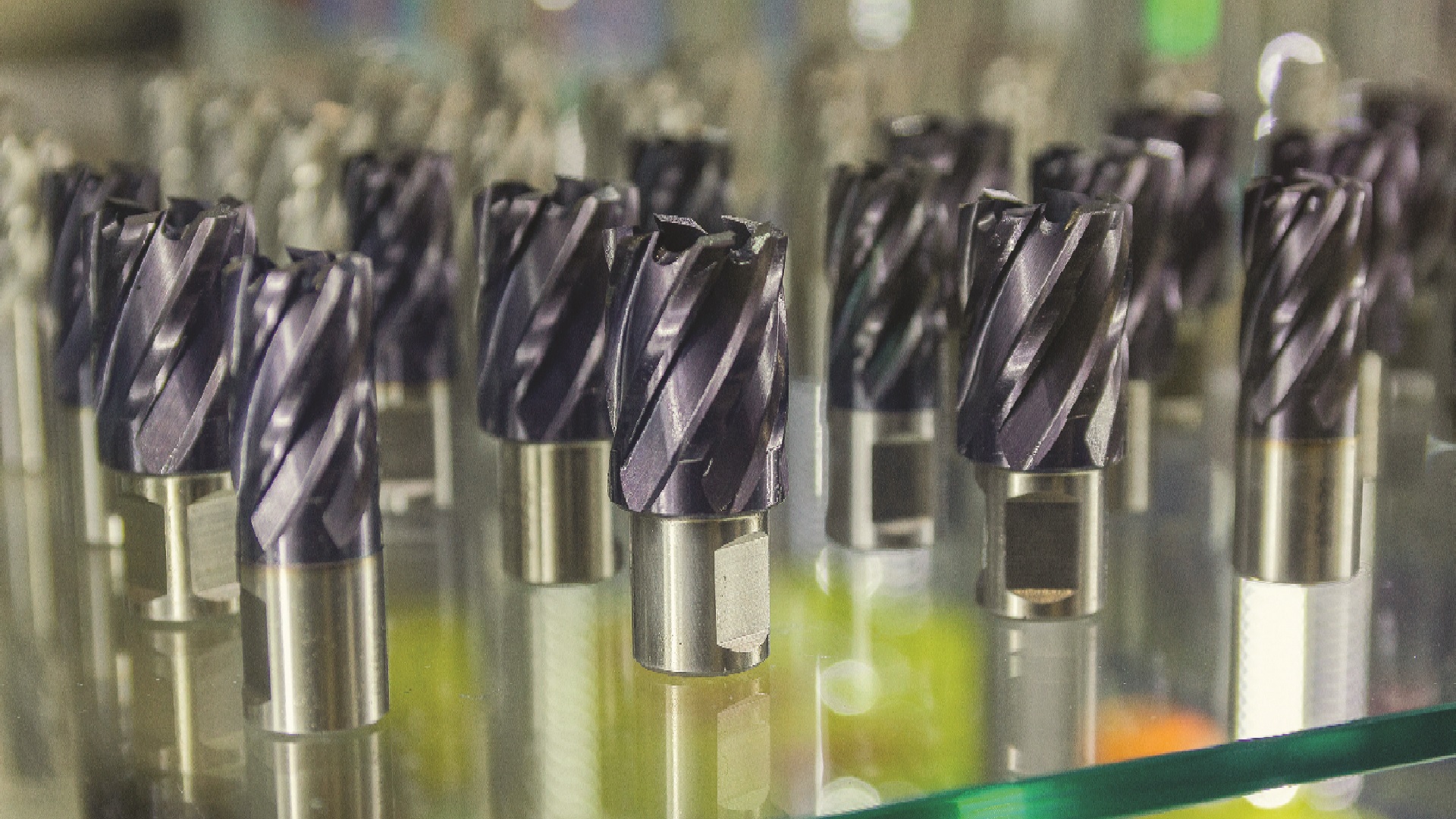CNC specialist NUM has launched a new HMI (human-machine interface) software package that features a fully integrated CAM/postprocessor module to further simplify and accelerate the creation of part programs for CNC cutting machines. The software also includes two new real-time analytical functions for water jet cutting applications, designed to improve cutting accuracy and quality.
Many of the world’s leading manufacturers of water jet, laser and plasma beam cutting machines nowadays choose to base their products on NUM’s CNC systems, in no small part due to the inherent functionality and control flexibility of the company’s Flexium+ platform. Launched in 2012, Flexium+ has acquired an enviable reputation amongst machine manufacturers and end users for its control flexibility and ease of use – and NUM continuously enhances the platform to address users’ changing needs and new cutting machine technology.
The latest version of NUM’s software for CNC cutting machines is the result of significant development work. It embodies Industry 4.0 connectivity principles and features an entirely new HMI, known as NUMcut, which incorporates functionality that previously required separate CAD/CAM postprocessor computing resources.
Users generally prepare part programs for CNC cutting applications upstream of the machine in the production area, on some form of CAD/CAM system. A key element of this work involves post-processing the resultant ISO file to incorporate machine-specific cutting data. This is a highly iterative procedure, which can lead to interpretation errors and time-consuming resolution of machining issues.
To shorten the path, NUMcut includes a powerful, machine-resident CAM/postprocessor module. The only data that needs to be transferred to the machine prior to commencing cutting operations concerns the geometry of the part and the desired quality of each cut. This data can be derived from virtually any type of CAD/CAM software, running, for example, on a standard PC.
All other necessary data, such as cutting speeds, abrasive quantity as a function of the material to be cut, etc., are calculated by the control system itself. The CAM/postprocessor module utilises a technology database containing all the relevant information needed by the control system in order to automatically generate an executable part program. The values in the database are preloaded by the machine manufacturer, and can be modified or added to by users if necessary – for example, to accommodate new materials.
The database itself – which effectively contains the expertise of the production company – can either be located on individual cutting machines, or stored on a network drive so that it can be accessed by several machines.
The NUMcut HMI displays all files that are available to the machine operator in a clear, unambiguous style. Using the CNC system’s touch-sensitive screen, the operator can determine each successive machine action simply by clicking and dragging icons from the pool of files into a ‘job list’. Both the job that is currently being processed by the machine, and the current position of the cutting tool within the job, are marked graphically. If required, the operator can change the job list while it is being processed to accommodate different production needs, such as express deliveries.
NUMcut also offers two real-time analytical functions for water jet cutting applications. During water jet cutting, the processing speed needs to be decreased before corners in order to reduce the wake of the cutting jet and thus maintain the cutting quality. Using data from the technology database, NUMcut’s adaptive feed control (AFC) function analyses the path geometry and automatically optimises the cutting speed to best suit the curve radius or corner angle.
Another inherent characteristic of water jet cutting is that the shape of the kerf changes with the cutting conditions, which means that a significant change of gap width can develop, depending on the speed. If this inaccuracy needs to be compensated for, NUMcut offers a variable offset control (VOC) function. This allows the cutting path to be changed automatically, so that the final contour of the part remains true to size despite the changing radius of the cutting jet, thereby maintaining the dimensional accuracy of each cut part.



